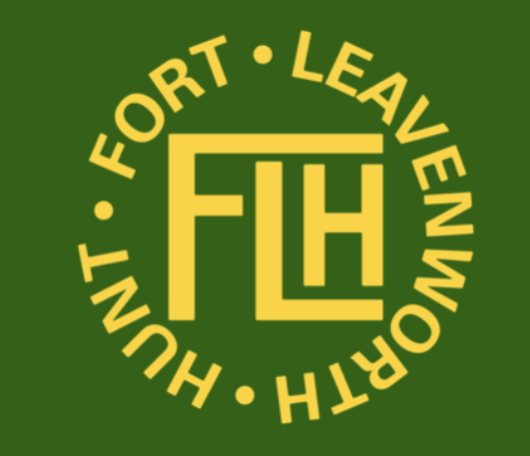FLH History
Our History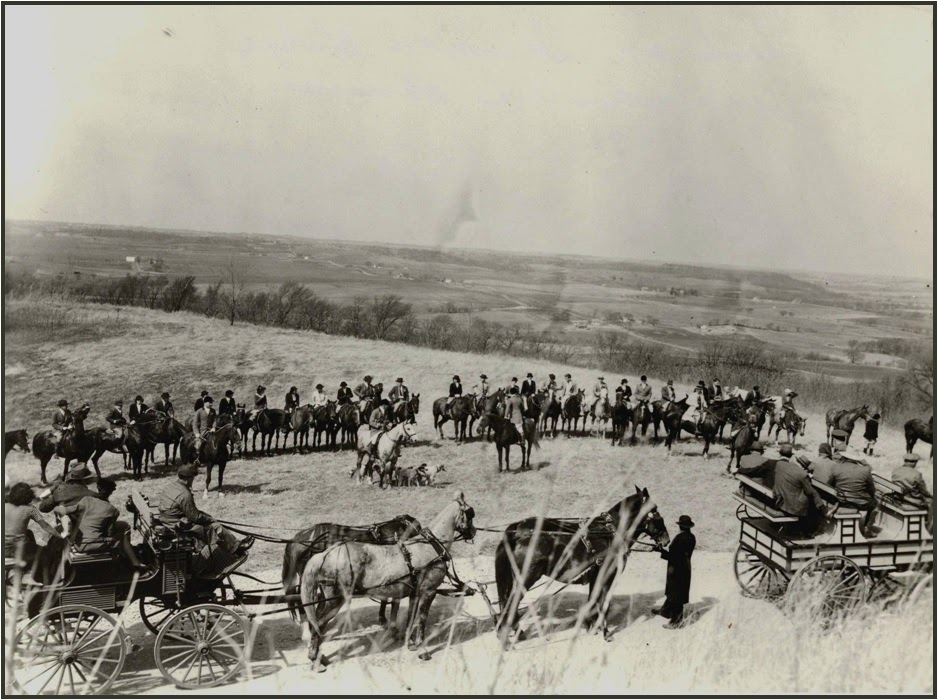
Fort Leavenworth was established in 1827 and is the oldest active U.S. Army post west of Washington, DC. Home to the Army’s famed “Command and General Staff College,” it has always had an outsized role in the development of the Army and the training and education of military leaders, earning it the title of “Intellectual Center of the Army”. It is also the original base of soldiers of the 10th Cavalry Regiment (known as the “buffalo soldiers”).
In the late 1920s and early 1930s in particular, Fort Leavenworth gained a reputation as a “horsey” post. The looming indoor riding hall and stables were some of the Fort’s most prominent buildings, and its Sunday polo matches—the most exciting were those against teams from Fort Riley and Fort Sill—often drew spectators from as far away as Chicago.
The Fort Leavenworth Hunt, which began hunting with a pack in 1929, added immediately and significantly to the social fabric of the post. On Sundays and twice during the week, members rode to hounds that were initially procured from local farmers and ranchers. Through careful training and breeding, the pack was built to the point that, by 1937, the hunt had become one of the preeminent hunts in the region. Large gatherings of spectators followed the chase in mule-drawn wagons, automobiles, and even by air—with flights scheduled from the Army airfield to coincide with the hunt’s published fixture list (schedule of hunts).
Organized hunting with hounds is one of the oldest sports in recorded history, and fox hunting holds special appeal for military personnel. It brings many military principles into play—surprise, mobility, initiative, and determination—and also develops within the participant an eye for terrain and the ability to negotiate difficult ground at a rapid pace. Countless military leaders, some famous (Generals Patton, Wainwright, McNair, and Truscott), honed their riding skills at Fort Leavenworth, many as hunt members or staff.
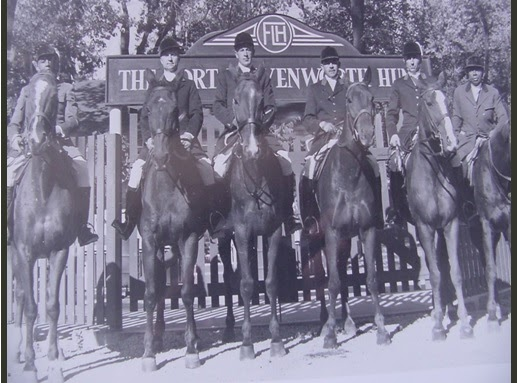
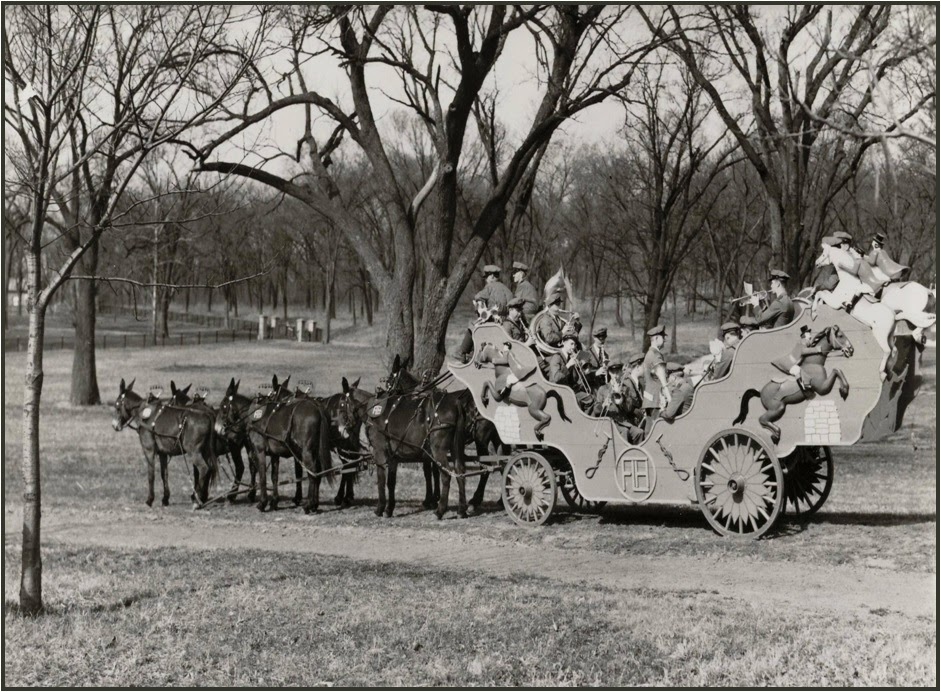
Fort Leavenworth remains one of the Army’s most important military installations, and the Fort Leavenworth Hunt is one of the most powerful reminders of its remarkable history. FLH is the only military-affiliated foxhunt remaining in the U.S. and enjoys the support of the Army’s Family and Morale, Welfare, and Recreation program. Development associated with the Fort’s diverse mission has, over time, occupied so much of the installation’s land that hunting “on post” is no longer practical. However, through the efforts of its joint masters, subscribing membership, and landowners—who graciously provide access to essential hunt country—the hunt continues to offer its members the opportunity to experience the esprit, romance, tradition, and pageantry found in the galloping hooves, horn calls, and hound song that make up fox hunting.
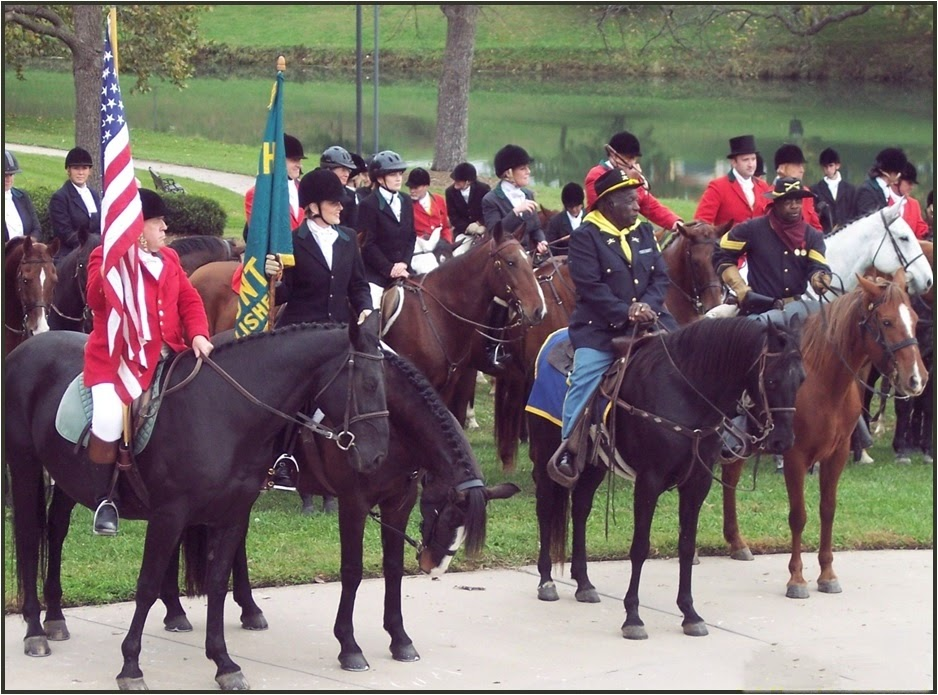
In 1866, the U.S. Army established six all-black regiments, including the 10th Cavalry Regiment at Fort Leavenworth. Its troopers acquired the nickname “buffalo soldiers” during the extensive campaigns of westward expansion, and the moniker stuck. The monument to the Buffalo Soldiers on Fort Leavenworth is a testimony to their courageous and selfless service to the nation.
